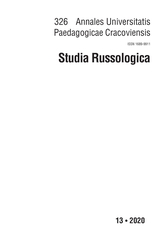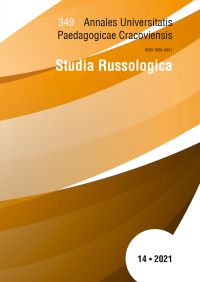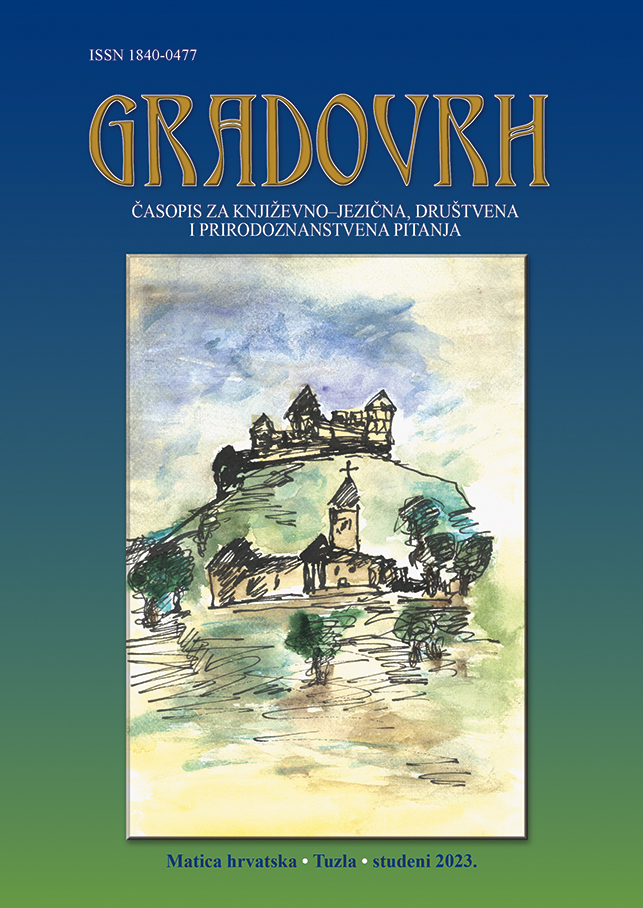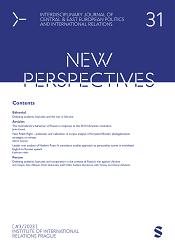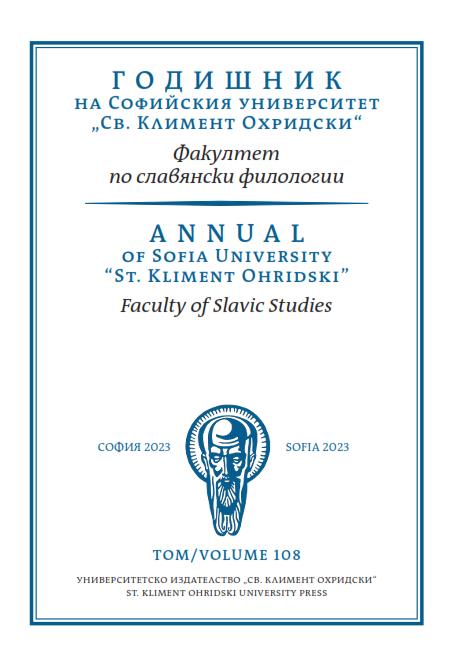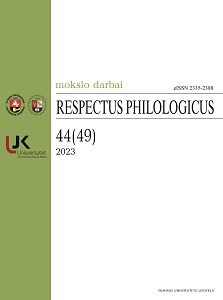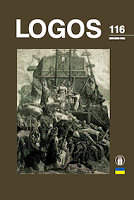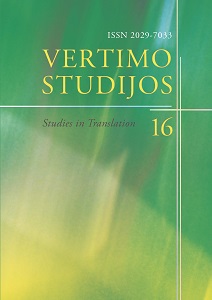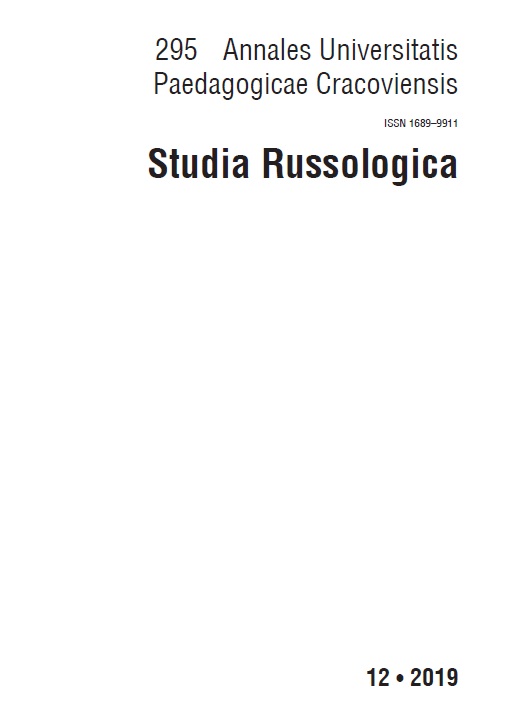
Z tajemnic wschodnioeuropejskiej flory. O Mickiewiczowskich CARACH
The article presents a critical review of the hypotheses concerning the identification of tsars phytonim in a romantic ballad ‘Switez’. As a result of a detailed analysis of the nineteenth century Polish and Russian names of plants such as car, царь, царь-трава, царь зелье the author comes to the conclusion that Adam Mickiewicz creating a poetic image of unusual flowers and plants used the motifs traditionally attributed to at least two existing ones including the Lobelia dortmanna (Lobelia lacustris L.), but the information about toxic properties of the herbs was probably imported from one of the species of Aconitum genus.
More...
